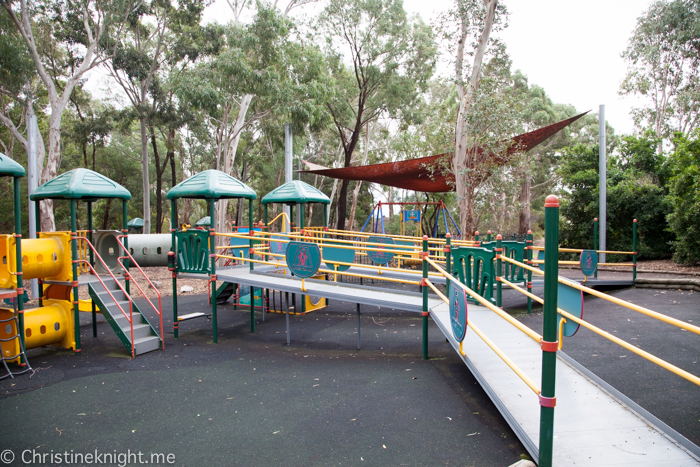
One player would choose which side of the maze they wanted to explore. If there was a tie after the third round, a sudden death question was read out to both teams in the style of the first round, and whoever answered the question correctly would technically win the game for the day. This segment has been noted as the first televised eSports event worldwide.Īfter this round, the team with the highest score would then go back to the maze for 90 seconds (later changed to 120 seconds) to collect keys. Known for having the fastest time ever recorded in the series, Adam Sheehan from Payne State School completed Rainbow Road in 2 minutes 5 seconds, leading his school to victory on that day.

Originally, 100 points were awarded to the winners and 50 points to the runners-up. both teams score the same number of coins in Super Mario Kart or hit the same number of flies in the fly-swatting minigame from Mario Paint), both teams would score 25 points each. The team with the most points/fastest time would score 50 points for their team, while runners-up in this challenge scored 25 points for their team. 3, Super Tennis, Cruis'n World, and the fly-swatting minigame from Mario Paint. Games played included Tetris, Bubsy, Donkey Kong Country, Donkey Kong Country 2: Diddy's Kong Quest, Super Mario World, Nigel Mansell's World Championship, Plok, Pac-Attack, 1080° Snowboarding, Donkey Kong Country 3: Dixie Kong's Double Trouble!, Wave Race 64, Super Mario Kart, Mario Kart 64, San Francisco Rush, Multi-Racing Championship, Cruis'n USA, Diddy Kong Racing, Super Mario 64, Winter Gold, Super Mario Bros.

Originally the Nintendo Entertainment System (1994–1995), later the Super Nintendo Entertainment System (1995–1997), and finally, the Nintendo 64 (1997–1998). During the course of the show, three different gaming platforms, all provided by sponsor Nintendo, were used. In this round, the contestants competed in a video game face off. Even if they collected these, a team was not awarded any points. Occasionally the maze would include letters that were not part of the answer. One member of each team went inside the maze in the first round, and changed places with their partner for the second round. Ten points were given for every letter they retrieved inside the maze before their time ran out. The amount of time they had to find these letters was based on how much time it took to guess and type the answer in the first round. In this part, two contestants would enter the maze and attempt to collect the letters of the answer they had typed, which were hidden in such places as a garbage can, or behind a mock cactus. The second school's contestants then did the same thing with the same number of letters as the first answer to make the rounds even and fair.Įach round featured a different number of letters in the answers.

AUBURN AMAZING MAZE PLUS
After this, the countdown timer stopped and contestants were awarded points depending on the time taken to correctly type the answer (the time remaining determined how many points they scored, plus how long each school would have to spend in the maze during Part 2). If the answer had two words, they didn't need to hit the spacebar or enter key. If a correct response was given, they would then have to spell out the answer by stomping out the letters on a large QWERTY keyboard mounted in the floor.

If the contestants still didn't get it, Sherry would spell the word or phrase out then say the answer. Then he started saying first letter is (insert letter), second letter is (insert letter) and so on until the last letter. The host began by saying clues to the word or phrase one after another. In this part, a 90 second countdown timer began and the contestants had to guess the answer to a question. Points gained by each pair of contestants during the week would be totaled up to decide the winning school at the end of each week.Įach of these rounds was played in two parts as follows: The show pitted teams from two different primary schools against each other during the course of a week.


 0 kommentar(er)
0 kommentar(er)
